When compressed, nanoribbons of titanium and sulfur can change properties dramatically, turning into materials with the ability to conduct electricity without losing energy, according to a study published in the journal Nano Letters.
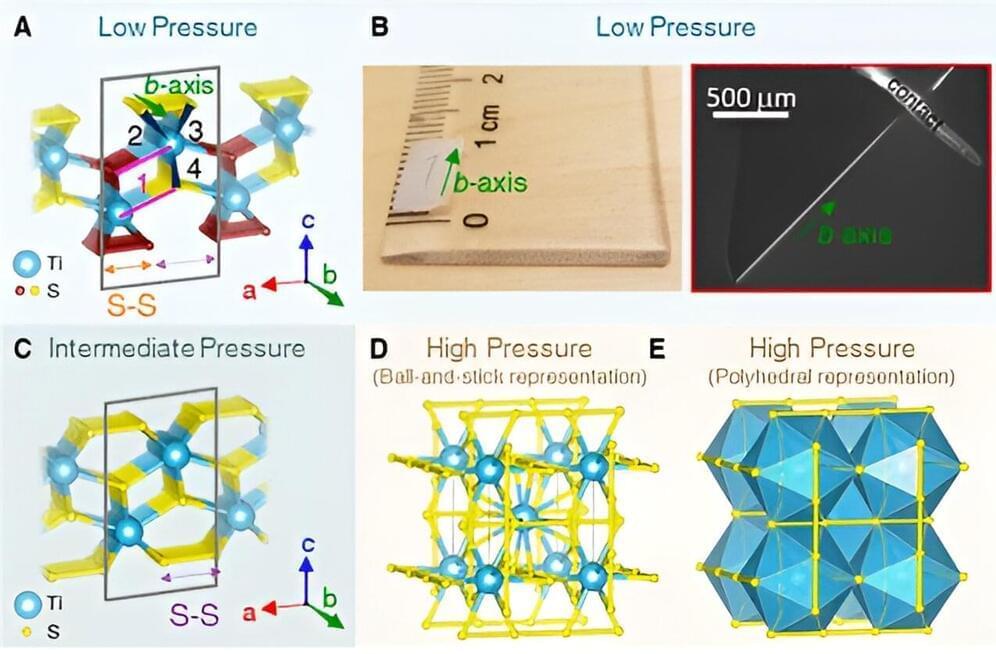

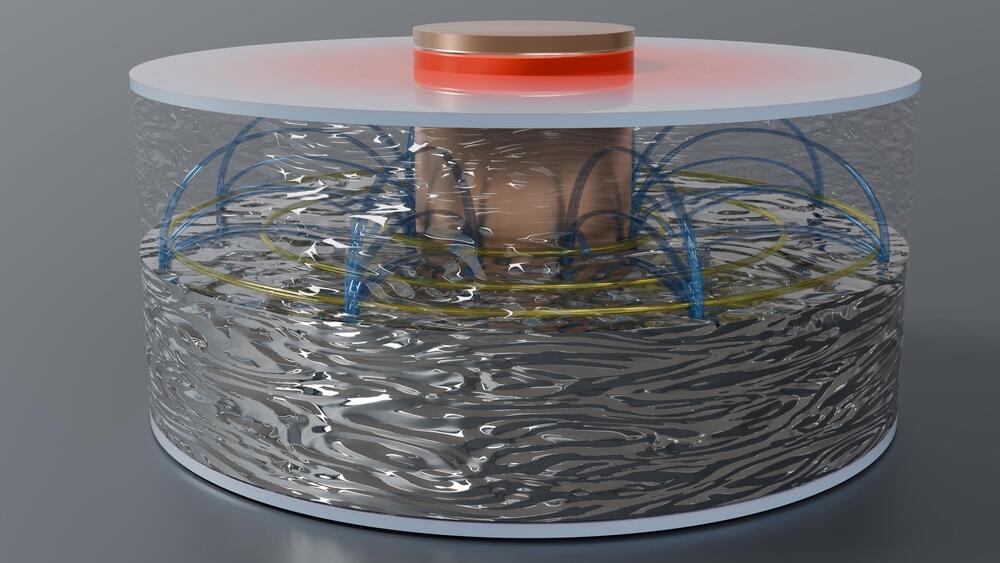
A trio of physicists at Sorbonne Université, in France, has observed a thermoelectric effect between two liquid materials for the first time. In their study, published in Proceedings of the National Academy of Sciences, Marlone Vernet, Stephan Fauve and Christophe Gissinger put two types of liquid metals together at room temperature and subjected them to a heat gradient.

The plastic-digesting capabilities of the fungus Parengyodontium album could be harnessed to degrade polyethylene, the most abundant type of plastic in the ocean.
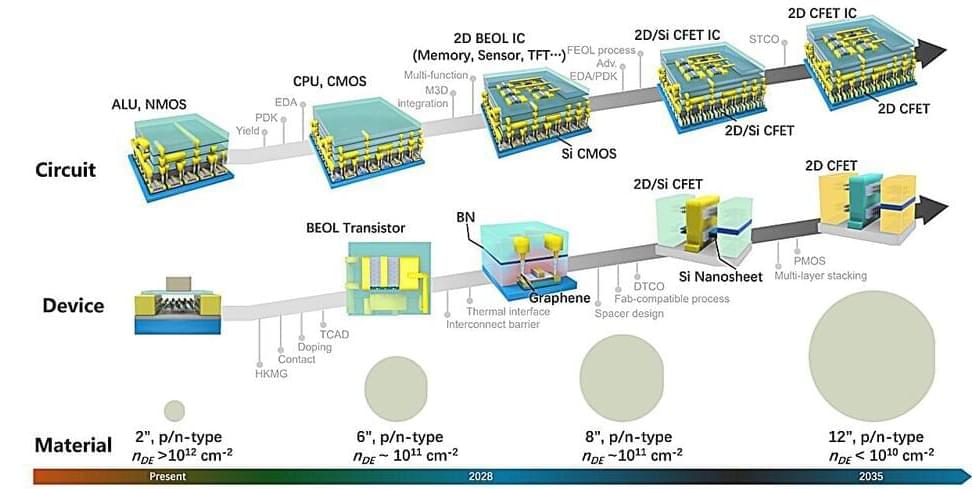
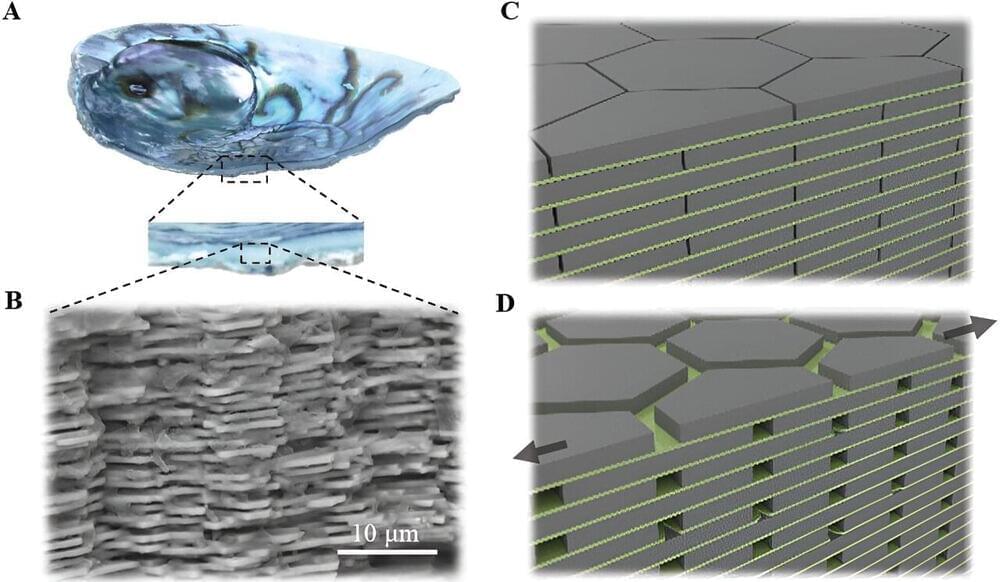
Inspired by the material that makes up oyster and abalone shells, engineers at Princeton have created a new cement composite that is 17 times more crack-resistant than standard cement and 19 times more able to stretch and deform without breaking. The findings could eventually help increase the crack resistance of a wide range of brittle ceramic materials, from concrete to porcelain.

Nightmare material or truly man’s best friend? A team of researchers equipped a dog-like quadruped robot with a mechanized arm that takes air samples from potentially treacherous situations, such as an abandoned building or fire. The robot dog walks samples to a person who screens them for potentially hazardous compounds, says the team that published its study in Analytical Chemistry. While the system needs further refinement, demonstrations show its potential value in dangerous conditions.


A crested bigscaleCredit: Karen Osborn/Smithsonian
“But what isn’t absorbed side-scatters into the layer, and it’s absorbed by the neighboring pigments that are all packed right up close to it,” Osborn told Wired. “And so what they’ve done is create this super-efficient, very-little-material system where they can basically build a light trap with just the pigment particles and nothing else.”
The result? Strange and terrifying deep-sea species, like the crested bigscale, fangtooth, and Pacific blackdragon, all of which appear in the deep sea as barely more than faint silhouettes.

Recent advancements in spintronics have enabled better prediction and control of spin currents by studying the magnetic properties and temperature effects on materials.
Spintronics is attracting significant interest as a promising alternative to conventional electronics, offering potential benefits such as lower power consumption, faster operation, non-volatility, and the possibility of introducing new functionalities.
Spintronics exploits the intrinsic spin of electrons, and fundamental to the field is controlling the flows of the spin degree of freedom, i.e., spin currents. Scientists are constantly looking at ways to create, remove, and control them for future applications.
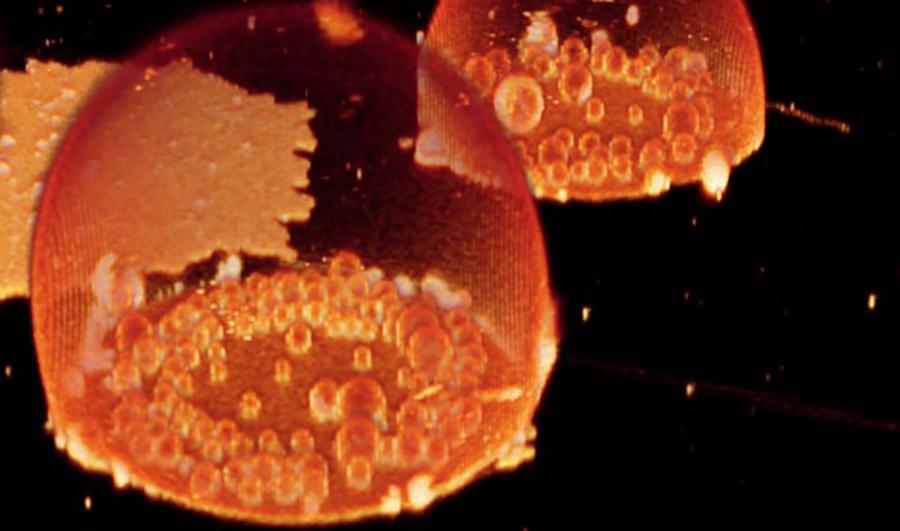
(Inside Science) – Primitive “protocells” like those that evolved into the first living cells can form in bubbles on mineral surfaces that were plentiful on the early Earth, according to new research.
The researchers created artificial protocells that they believe may be similar to the protocells that may have formed on Earth about 3.8 billion years ago. The artificial protocells can absorb other small molecules by forming a barrier membrane around them — behavior that is strikingly like that of modern living cells when they absorb cellular fuel and other essential materials while blocking off harmful substances.
And the artificial protocells also exhibit a primitive form of “division,” where the outer membrane of a protocell ruptures and leaves behind several “daughter” protocells with the same capabilities.